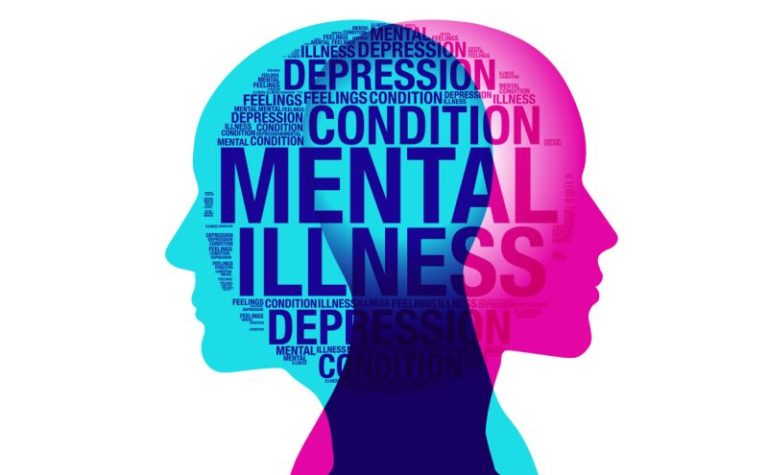When mental health blogs are mentioned, most people think of drab, dull, and emotional taxing content that will be written day after day. Granted, people who suffer mental issues go through a lot which should also be captured but this does not mean that the content creation should not be compelling. If you have a mental health blog here is how you can make your content compelling,
- Authentic stories
Quite a number of people prefer reading real-life experiences of what others have gone through and you can achieve this by being candid about your experiences, especially if you have undergone mental issues as well or have been a caretaker of a person with mental health issues. Additionally, you can interview people about their experiences and get them to talk about their diagnosis, medication, stigma, everyday life, and so on.
In some instances, guest blogs and features can really help you get the best content, and experts in the field can really help in this regard. There are also a myriad of mental health initiatives that advocate for mental health and you can get so much information for your blog. Some people also work to promote books, websites, and messages on their blogs and this makes for compelling content that gets to people across the board.
You can get quite a number of stories from exploiting your passions such as quotes and poetry to do with mental health. These have also been known to make heavy messages to do with mental health light.
- Good Imagery and photos
Pictures still speak a thousand words and yours should also give you that and more. If you are writing a story or publishing a profile your photos should help you tell your story. If you can afford professional photography then you can use that as well. Those who cannot afford professional photography can turn to websites such as Pixabay and Pexels.
- Connect with audiences
Remember to always connect with audiences and one way of doing this is by using the word we instead of you. The former makes it seem like you are peers and not someone giving a lecture at a conference or a speech. Most people who come to read such blogs are looking for help and maybe put off by what seems like a long lecture.
- Avoid any triggering content
Although similar to bloggers who write for other categories, mental health bloggers are quite different and the reason for this is that they speak to a very different audience. It is an open secret that this is a very sensitive subject and there is always the ethical responsibility to the community as well as everyone with a mental illness; we should always remember them as we share material. This is, especially, when sharing materials on suicidal thoughts and how people have overcome them, abuse and self-harm, etc.
5. What has the title got to do with it?
A title should be attention-grabbing and this is a written and established rule to help writers and content creators get more eyeballs for their work. For a title to be effective, it should go straight to the point, draw readers in and be easy to read. There are now a number of software that can help you come up with a good title as well.
- Creating a resource page
One of the reasons why people go online is to look for information and those with mental health challenges, caregivers, or students of the conditions are not any different. In this regard, make your page a resource for them so that they can easily get pertinent information. Some of the information you can include on your website includes suicide hotlines, best mental health professionals, best hospitals, and so on.
